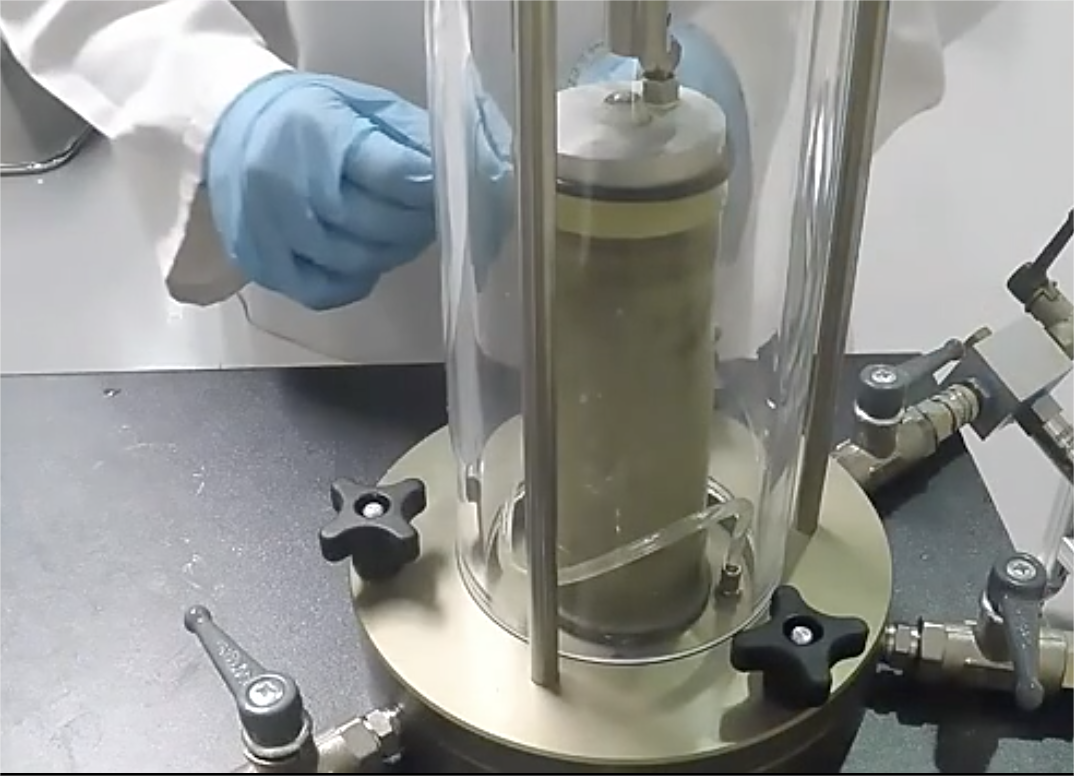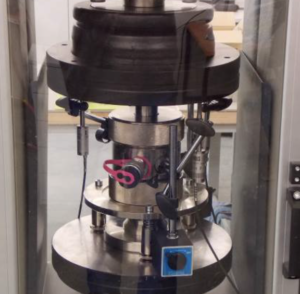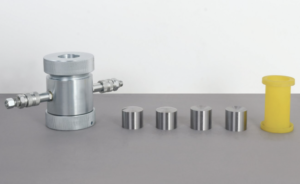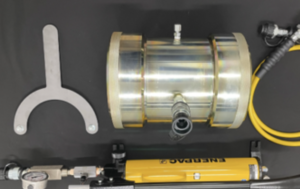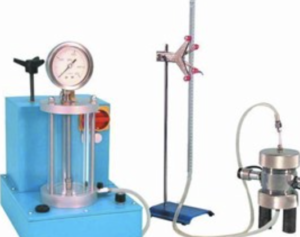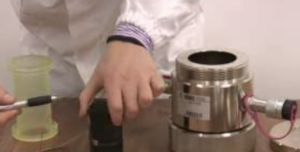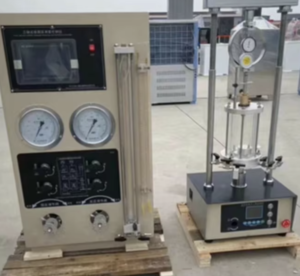What Is the Sample Size for Triaxial Test?
In geotechnical engineering, the accuracy and reliability of a triaxial test depend heavily on the size and shape of the soil sample. While the core principle of the test remains consistent, choosing the appropriate sample size is crucial for maintaining uniform stress conditions and achieving meaningful results. This article breaks down the standard sample dimensions, the height-to-diameter ratio, and the factors influencing size selection for different soil types.
Standard Dimensions Used in Triaxial Tests
The triaxial test specimen is typically a cylindrical sample encased in a latex membrane and subjected to both axial and lateral stresses in a triaxial chamber.
Common Standard Sample Sizes
| Diameter (mm) | Height (mm) | Height-to-Diameter Ratio (H/D) |
|---|---|---|
| 38 | 76 | 2 |
| 50 | 100 | 2 |
| 75 | 150 | 2 |
| 100 | 200 | 2 |
The 38 mm × 76 mm specimen is the most widely used in routine lab tests, especially for cohesive soils like clay. Larger diameters (e.g., 75 mm or 100 mm) are often preferred for gravelly soils or specimens with larger particle sizes.
Why Standardization Matters:
- Ensures repeatability across labs.
- Allows use of calibrated equipment.
- Minimizes scale effects in soil behavior analysis.
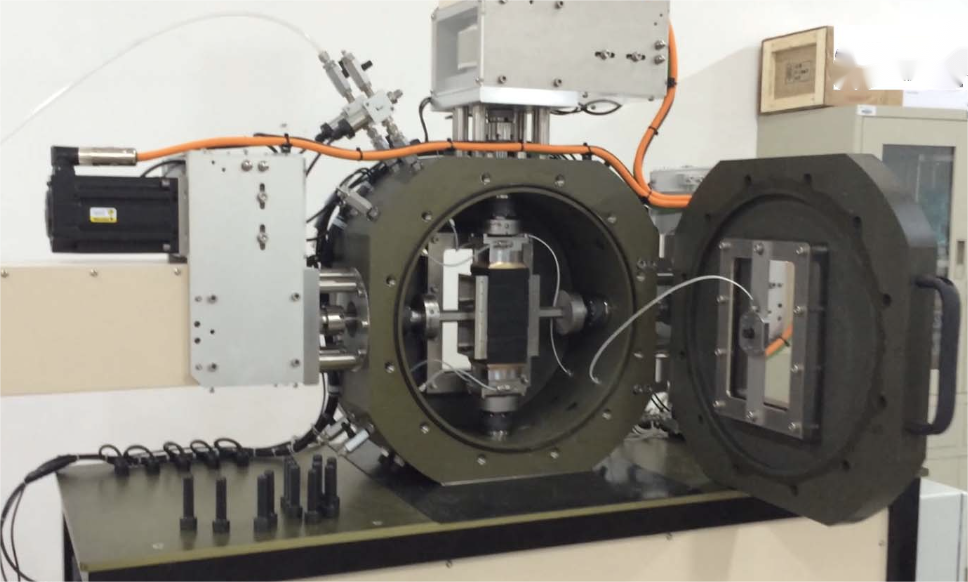
Importance of the Height-to-Diameter Ratio
The height-to-diameter (H/D) ratio significantly affects the stress distribution and deformation pattern in the soil sample during testing.
- A ratio of 2:1 is considered the industry standard, balancing uniform axial stress application with minimal end restraint effects.
- Ratios less than 2 can lead to non-uniform stress fields, while ratios greater than 2 may cause buckling or instability in soft soils.
Comparison of H/D Ratios
| H/D Ratio1 | Behavior During Testing | Recommendation |
|---|---|---|
| 1.0 | High end effects; non-uniform stress | Not recommended |
| 2.0 | Balanced stress distribution; minimal bias | Standard and preferred |
| 2.5–3.0 | Risk of buckling in soft or loose soils | Use cautiously |
Maintaining this ratio helps in ensuring that failure occurs within the sample2, not at the contact surfaces or due to equipment constraints.
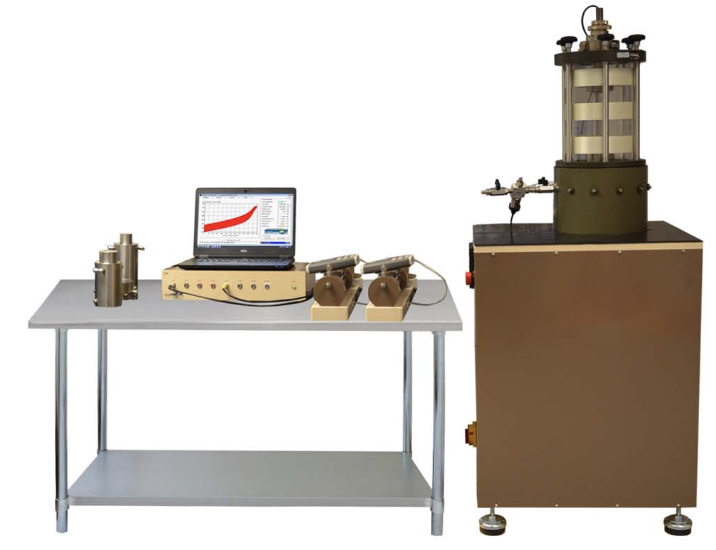
Selecting the Right Size Based on Soil Type
Different soil types require different sample sizes to ensure representative and reliable results3, especially when particle size distribution4 is a concern.
General Guidelines:
- For fine-grained soils5 (clays, silts):
- 38 mm or 50 mm diameter samples are sufficient.
- For coarse-grained soils (sands, gravels):
- Use samples at least 6–10 times the maximum particle size.
- 75 mm or 100 mm diameter specimens are recommended.
Minimum Size Recommendations Based on Soil Type
| Soil Type | Max Particle Size (mm) | Recommended Sample Diameter (mm) |
|---|---|---|
| Clay | < 0.002 | 38–50 |
| Silt | < 0.075 | 38–50 |
| Fine Sand | 2.0 | 100+ |
Choosing the correct size ensures valid shear strength values and avoids scale-related inaccuracies.
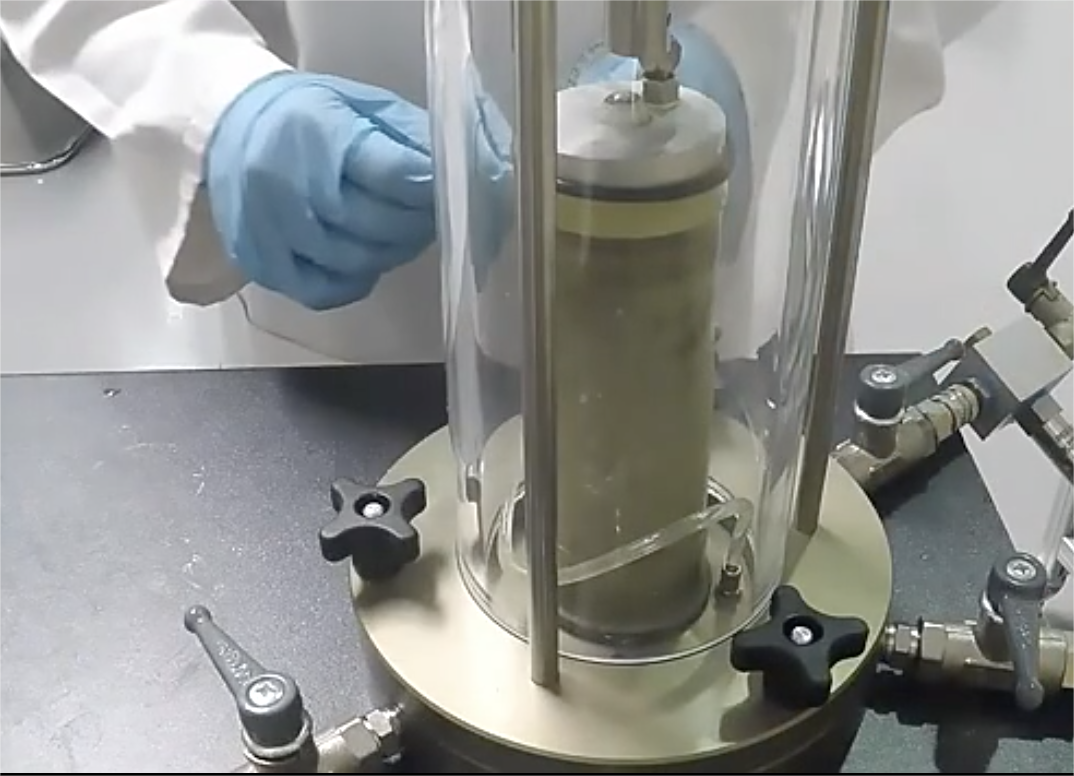
Practical Considerations in Sample Size Selection
While technical standards guide sample sizing, practical field and lab factors6 often influence final decisions.
1. Sampling Equipment Availability
- Field samplers and Shelby tubes come in standard sizes (e.g., 38 mm, 50 mm).
- Matching field and lab equipment simplifies handling and reduces trimming errors.
2. Laboratory Capacity
- Larger specimens require more powerful loading frames7, larger triaxial cells, and increased water volume8 for saturation.
- Not all labs are equipped to handle 100 mm specimens.
3. Soil Homogeneity
- For heterogeneous or layered soils, larger samples capture more variation.
- For uniform soils, smaller samples may be representative and easier to prepare.
4. Sample Preparation and Handling
- Soft soils are more prone to disturbance during trimming, especially in small diameters.
- Over-sized samples are harder to saturate and consolidate uniformly.
Summary: Practical Considerations
| Factor | Impact on Sample Size Choice |
|---|---|
| Equipment compatibility | Limits diameter and height options |
| Soil particle size | Determines minimum specimen diameter |
| Soil stiffness | Influences risk of buckling or cracking |
| Time and cost constraints | Larger samples require more resources |
Balancing technical requirements with field and laboratory realities helps engineers achieve accurate and cost-effective test results.
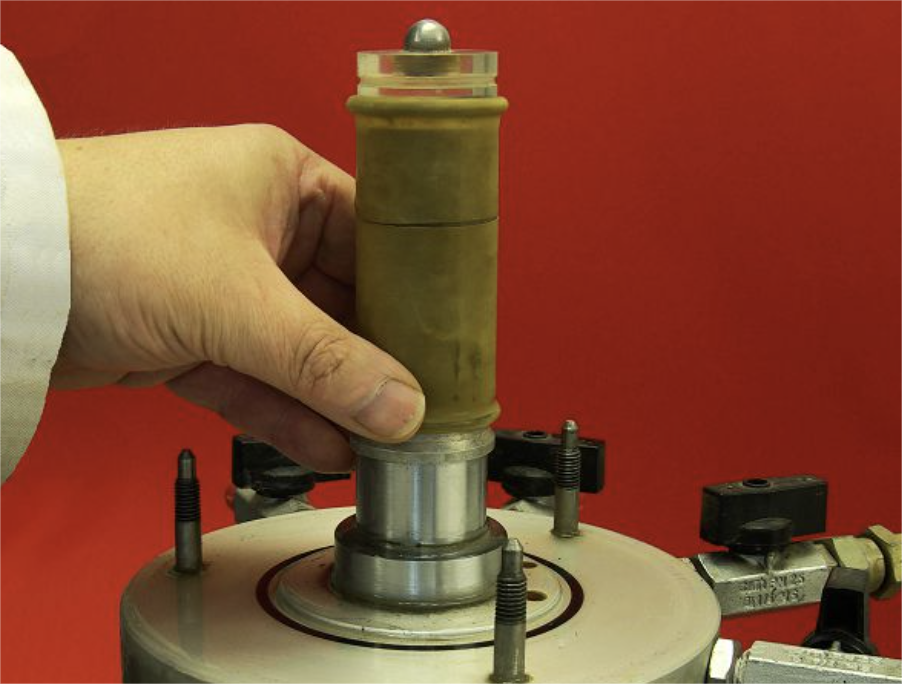
Conclusion
The sample size for a triaxial test is more than just a number—it plays a vital role in test accuracy, repeatability, and interpretation. By following standard dimensions, maintaining the proper H/D ratio, and adjusting for soil type and lab constraints, engineers can ensure that the triaxial test provides reliable data for soil strength and deformation analysis. Whether working with fine clay or coarse gravel, choosing the right sample size is the first step toward successful geotechnical testing.
-
Understanding the H/D Ratio is crucial for ensuring accurate testing results and preventing equipment failure. ↩
-
Learn techniques to ensure that failure happens within the sample for more reliable testing outcomes. ↩
-
Understanding best practices can enhance the accuracy of your soil analysis, ensuring reliable outcomes for your projects. ↩
-
Exploring this topic will provide insights into how particle size influences soil behavior and sampling techniques. ↩
-
Learning about fine-grained soils will help you choose the right sampling methods for accurate results in your projects. ↩
-
Understanding these factors can enhance your sampling strategy and improve accuracy in results. ↩
-
Learn about the importance of loading frames in handling larger specimens effectively in lab settings. ↩
-
Discover how water volume impacts soil saturation and the quality of your testing outcomes. ↩

